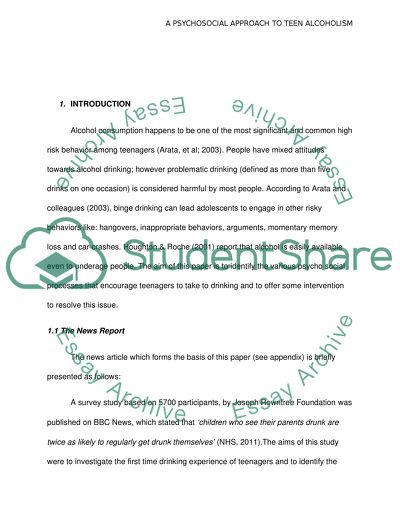Cite this document
(“A Psychosocial Approach to Teen Alcoholism Essay”, n.d.)
Retrieved from https://studentshare.org/psychology/1429188-is-teen-drinking-linked-to-parents-habits-final
Retrieved from https://studentshare.org/psychology/1429188-is-teen-drinking-linked-to-parents-habits-final
(A Psychosocial Approach to Teen Alcoholism Essay)
https://studentshare.org/psychology/1429188-is-teen-drinking-linked-to-parents-habits-final.
https://studentshare.org/psychology/1429188-is-teen-drinking-linked-to-parents-habits-final.
“A Psychosocial Approach to Teen Alcoholism Essay”, n.d. https://studentshare.org/psychology/1429188-is-teen-drinking-linked-to-parents-habits-final.


